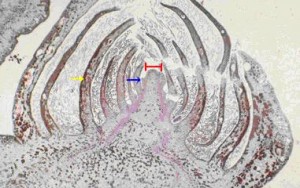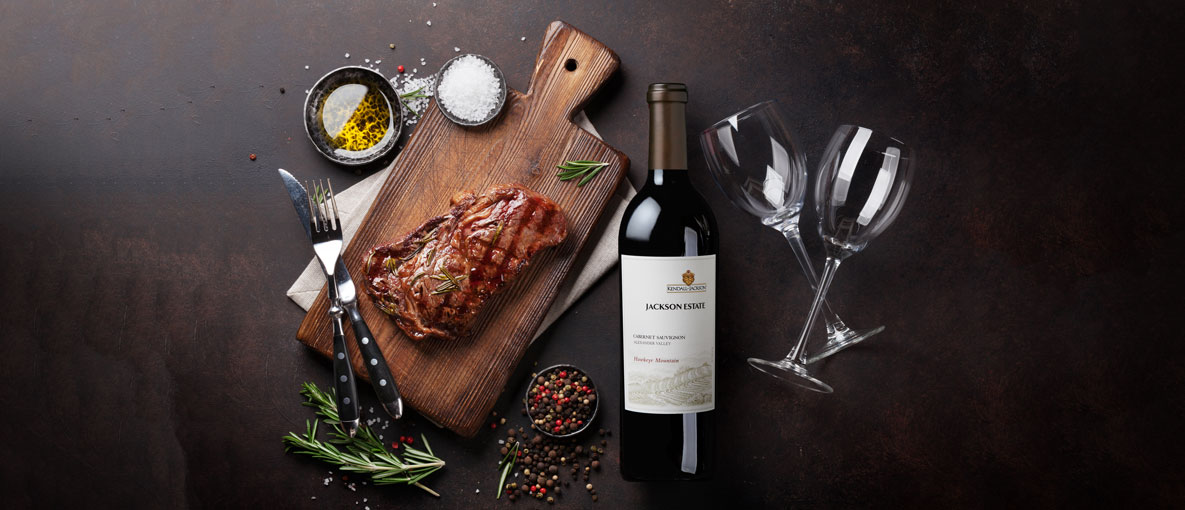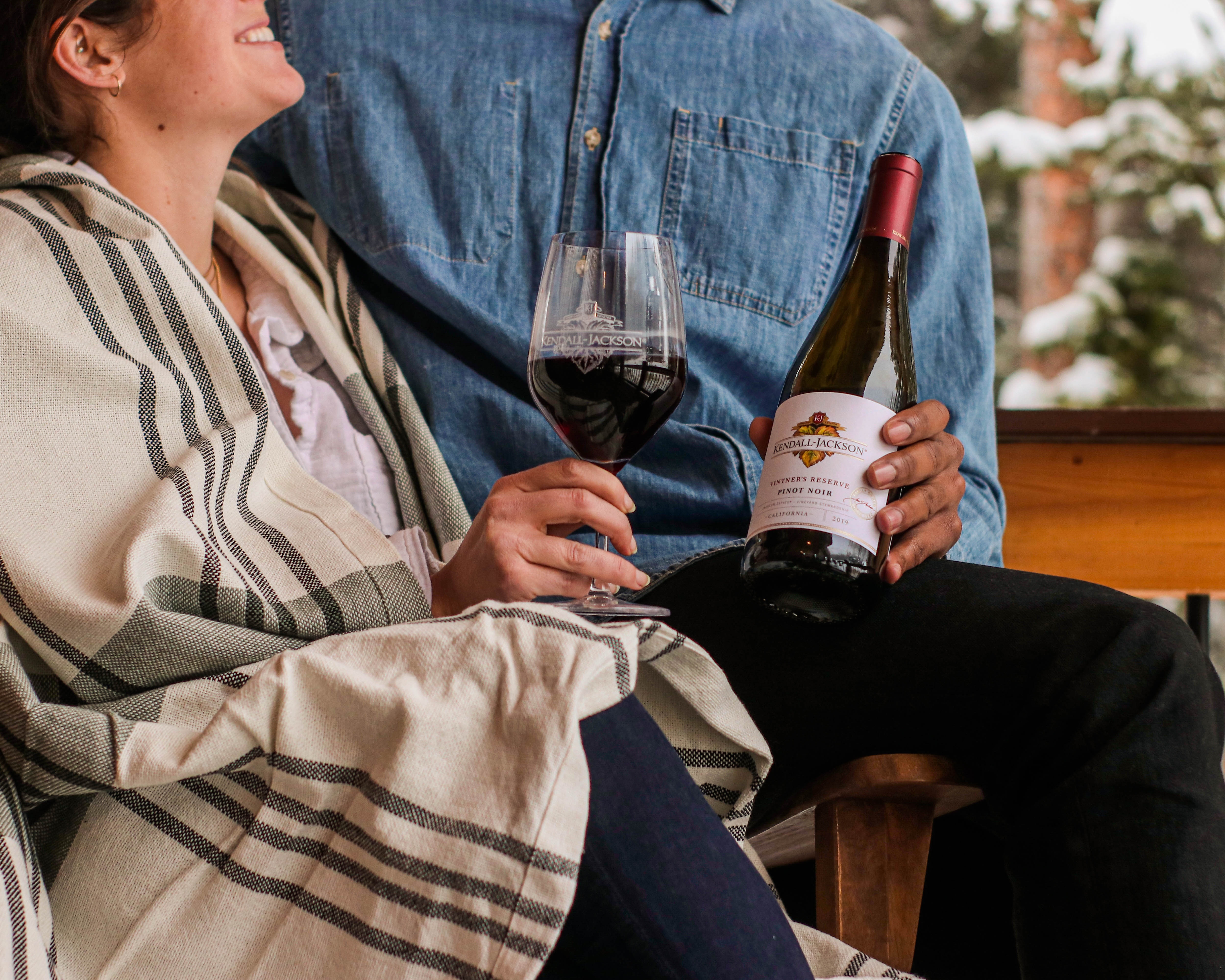Budbreak In The Vineyards Is Now
KAPOW! Spring has sprung and budbreak has officially arrived on California’s North Coast. This past week has seen temperatures in the upper seventies and even the eighties, which has triggered all this activity.
Budbreak in the vineyard is the beginning of an extraordinary process that yields the new crop for this year’s vintage; it’s fascinating to watch. Why? For example, with the weather continuing to warm, we enter the most active phase of shoot growth. In this phase a shoot can grow an inch or more per day — you can almost watch them grow.
With growth comes another interesting feature we can observe: how the grape shoots develop from the bud. All the parts of the shoot, primordial leaves, clusters and all, are contained in the bud. Once the shoot tip emerges from the bud, the shoot literally extends like a telescoping antenna. Check out the image below.
Pretty neat, isn’t it? How about a little more background?
Like everything in the vineyard, a lot of the grapes’ development is determined in how you handle the vine. I mentioned a few months ago that pruning is DEEP. The physiology of the bud was determined during last year’s growing season. The number of clusters was determined around bloom time last year and only now will we see what the result will be. I recall we had pretty good weather last year around bloom, so likely we will see very adequate inflorescence (primordial flowers).
You might think that we’re more or less home free and that your next vintage of Summation Red is practically in the bottle already. But that’s not the case. In fact, right now we need to be vigilant and make sure the new shoots don’t succumb to frost.
Before Spring Sprung this week, we endured a series of cold, rainy days. That’s fine because it encouraged the vines to stay dormant. When Harvest is over and the weather turns cold, the vines lose all their leaves and translocate all the carbohydrate stores in the extremities back into the trunk for winter hibernation. We call this dormancy. The vineyards tend to stay dormant as long as the ground stays cold, usually below 50 degrees.
Once the buds burst from their hard, protective scales and the shoots start to elongate they are very susceptible to frost. Sustained temperatures below 32 degrees Fahrenheit will cause the water in the tissues to freeze; when water freezes, it expands. This will destroy the plant cells and the new shoots are doomed.
Melissa Stackhouse, the Pinot Noir Winemaster for Jackson Family Wines, reminded me today that the devastating frost we experienced in 2008 happened on April 22nd. So we’ve got a few weeks of nervous nights and possible night frost-alarm calls for the vineyard managers and their crews. As a rule, we say a grape grower needs to protect his crop until tax day. Some years, however, there is the threat of frost until late into May.
For now, we will cross our fingers and say a little prayer that we won’t have a killing frost. The vines will continue to grow and before long we’ll be in bloom. Just another fascinating stage in the life cycle of the vine!




